DRAWING REHEARSALS
Gretchen Albrecht
Sandra Bushby
Fu-On Chung
Rohan Hartley Mills
5 March 2016
Combining emerging artists with established practitioners, Drawing Rehearsals examines the effect of bodily presence, movement, and pigment viscosity in the act of painting through the work of Gretchen Albrecht, Sandra Bushby, Fu-On Chung, and Rohan Hartley Mills. Lines of saturated colour cut across the works, masquerading as segments of wider, larger fields of painted space. Ostensibly united under the umbrella term “gestural abstraction”, the four artists in the current show are further unified by their belief in the centrality of what Bushby has termed “the physical connection… the physicality of my painting practise.” In this, we are reminded of Deleuze and Guttari’s assertion that “there is no structure… there are only relations of movement and rest, speed and slowness between unformed elements, or at least between elements that are relatively unformed, molecules, and particles of all kinds.”
An early work by Albrecht pays homage to the beginnings of gestural abstraction in New Zealand. Throughout the 1970s and 1980s, Albrecht was one of very few artists working on a large scale and in a wholly abstract language of paint, but her mode of painting from the time continues to be topical. In 1986, Linda Gill summarised Albrecht’s approach to painting as involving “a ‘felt response’ to the world.” She added that “good painting” according to Albrecht, involved “the body as well as the mind,” which is born out in her work where “vigorous physical involvement is evident.”
Of course, the recognition of the importance of the physical act to abstract painting is not new, and, as early as 1943, Ad Reinhardt asserted that: “It is more difficult to write or talk about abstract painting than about any other painting because the content is not in a subject matter or story, but in the actual painting activity.” Placing an unequivocal premium on process and materiality, Reinhardt acknowledged that temporal, spatial, and physical facets are integral to abstraction. Indeed, the works in Drawing Rehearsals are uniquely representative of a specific moment, a specific action, and a specific intention on the part of the artist. The paintings are a celebration of boldness, confidence, and resolution. They are not the result of predetermined compositional structures, line weights or colour selections, rather they operate in the same open ended manner as working drawings.
They embrace intuition and spontaneity with Chung noting: “I follow my nose within the pursuit of the image which is elusive by nature.” However, throughout the painting process, each of the four artists are cognizant of having to critically reflect, assess, and evaluate the emerging piece in order for it to succeed. For Hartley Mills however, the critical review of works is carried out “at a later date when the particulars of the working session are forgotten.” In this way he celebrates “the continual flow of ideas” and preserves “the action of automatism.” Nevertheless, like Albrecht, Bushby, and Chung, Hartley Mills’ painting modality still hinges on the developing relationships between the drawn line and colour. It is these two elements that are largely responsible for negotiating the space of the canvas and conjuring sensations, textures, images and memories for both artist and viewer.
Gilles Deleuze and Felix Guttari, A Thousand Plateous: Capitalism and Schizophrenia, trans. Brian Massumi (Minneapolis: University of Minnesota Press, 1987): 266.
Linda Gill, After Nature: Gretchen Albrecht, a Survey 23 years (Wanganui: The Sarjeant Gallery, 1986): 7.
Ad Reinhardt, Art-as-Art: The Selected Writings of Ad Reinhardt, edited by Barbara Rose (New York: Viking Press, 1975): 49.
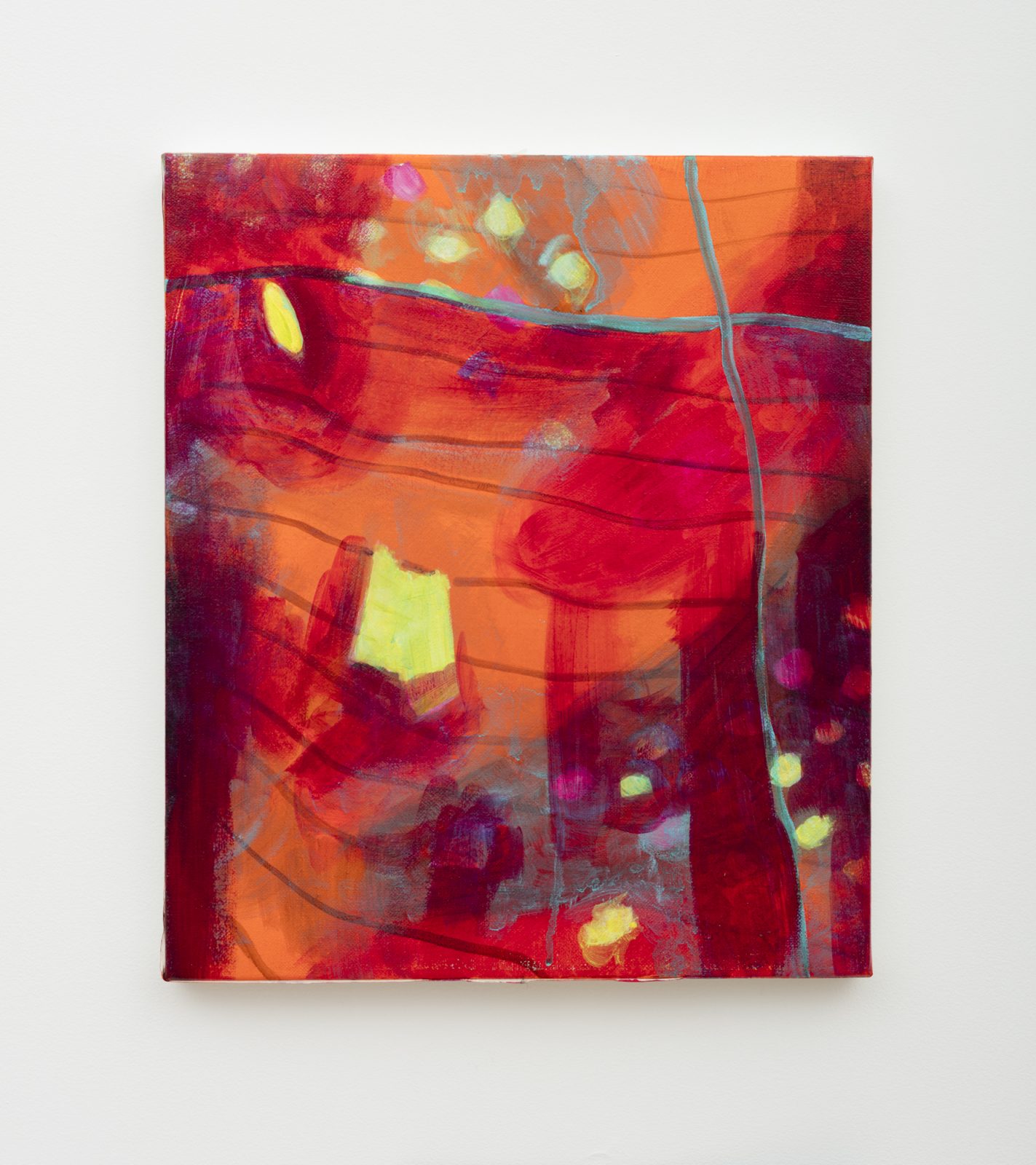
Ramshackle Delusions, 2015
Acrylic & oil on linen
350 x 300 mm
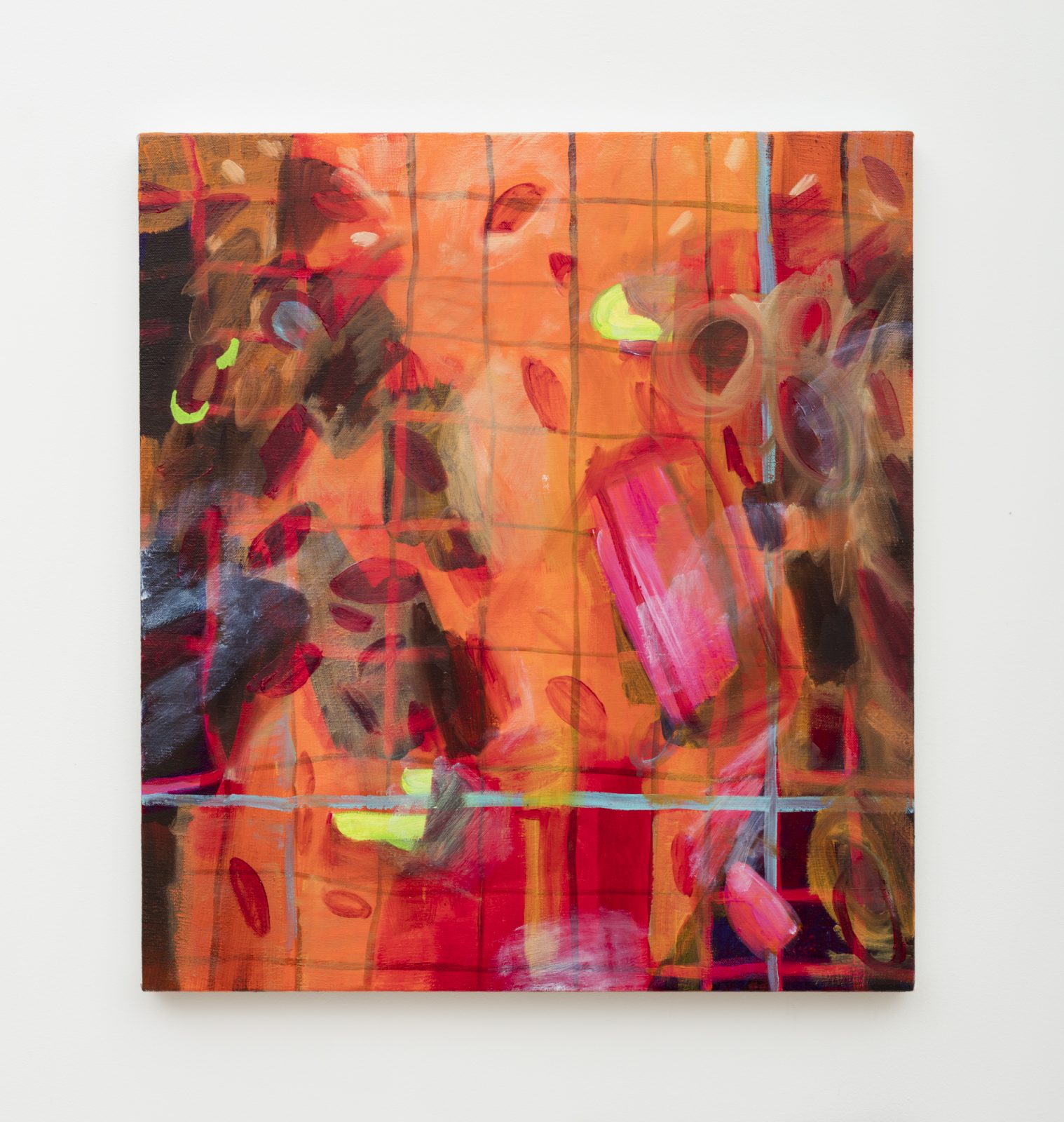
Windswept Fury, 2016
Acrylic & oil on linen
500 x 450 mm
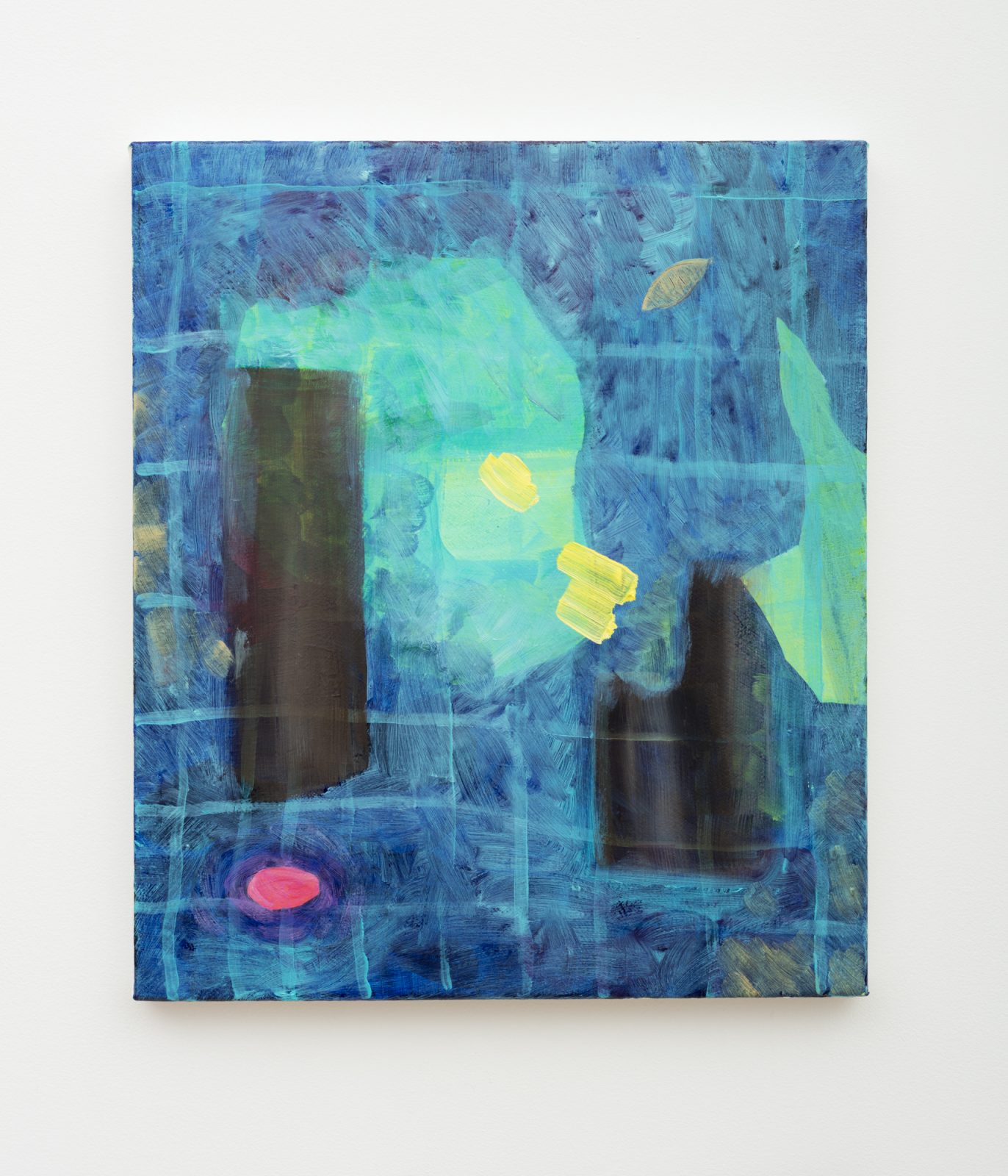
Ghost Maps, 2016
Acrylic & oil on linen
350 x 300 mm
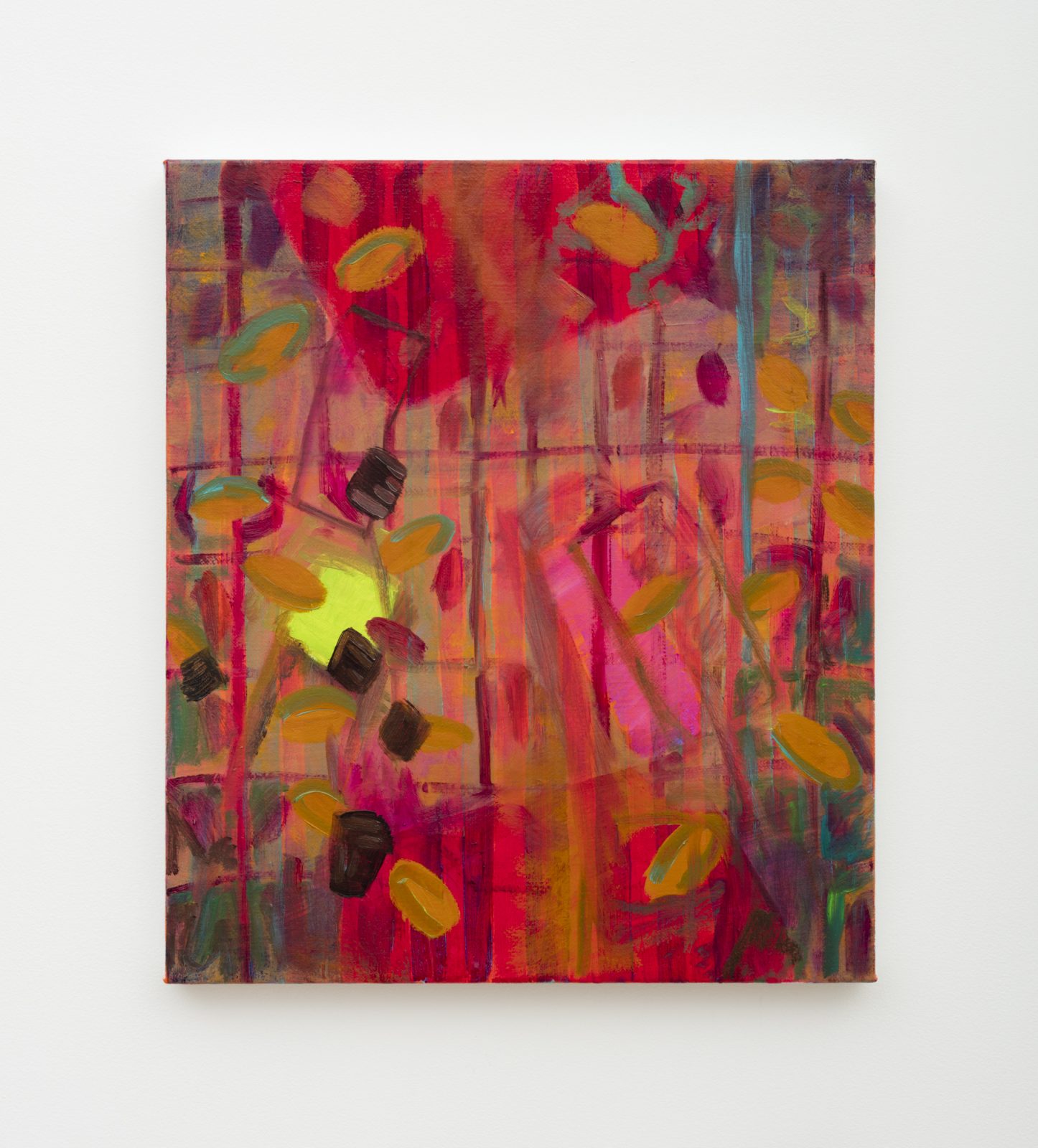
Ramshackle Delusions, 2015
acrylic & oil on linen
350 x 300 mm
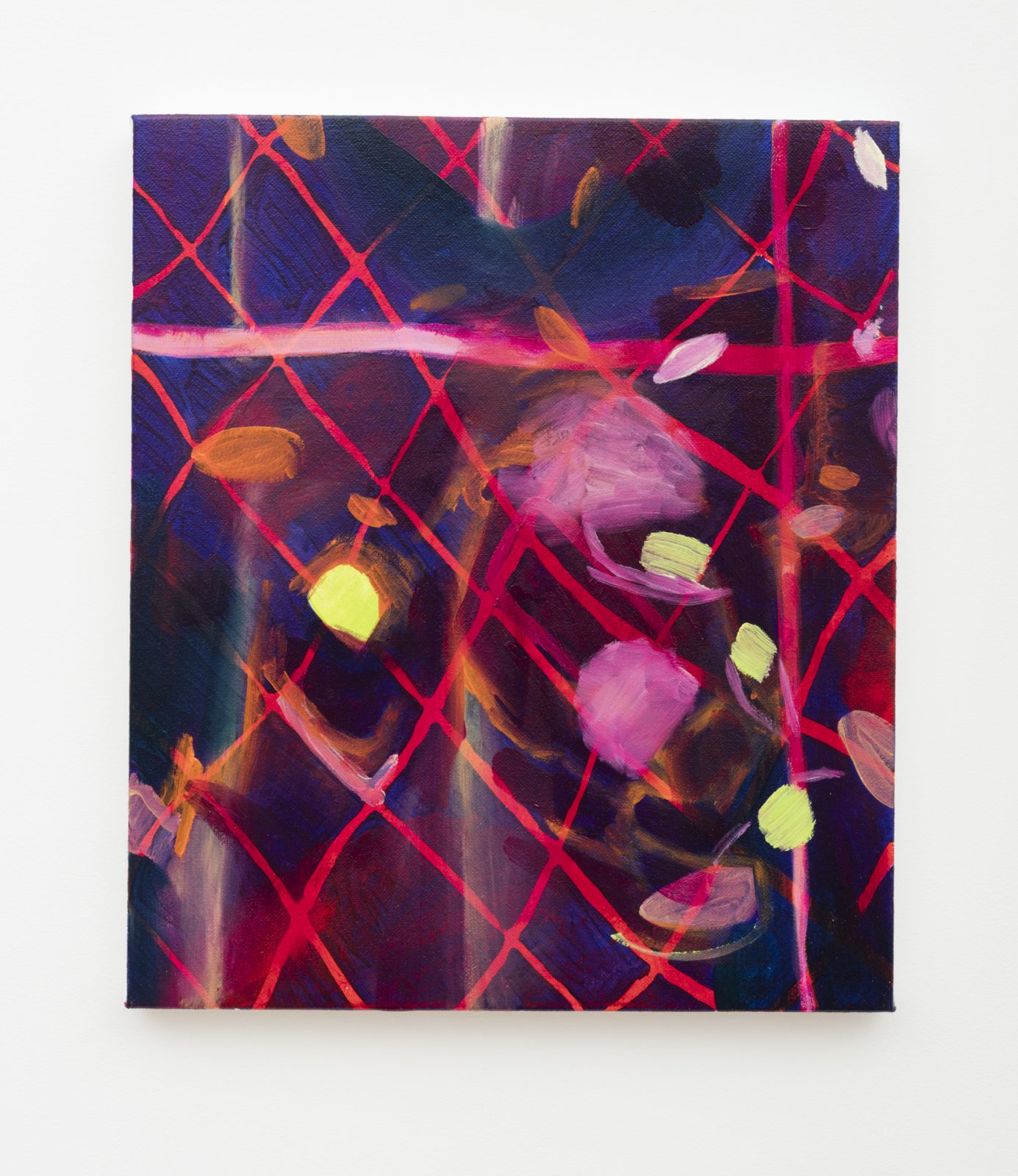
Delusional Might, 2016
acrylic & oil on linen
350 x 300 mm
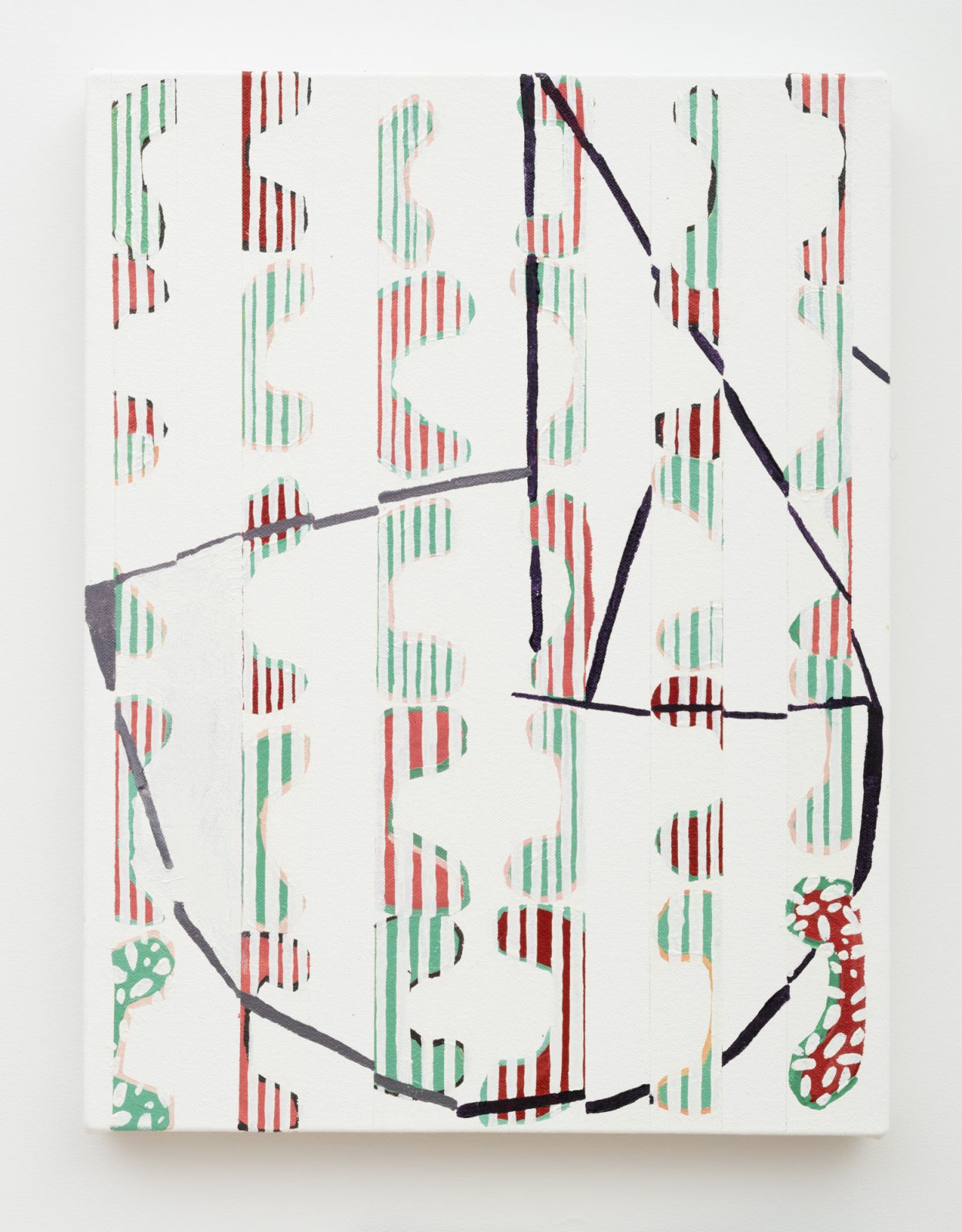
Oil on canvas
405 x 305 mm
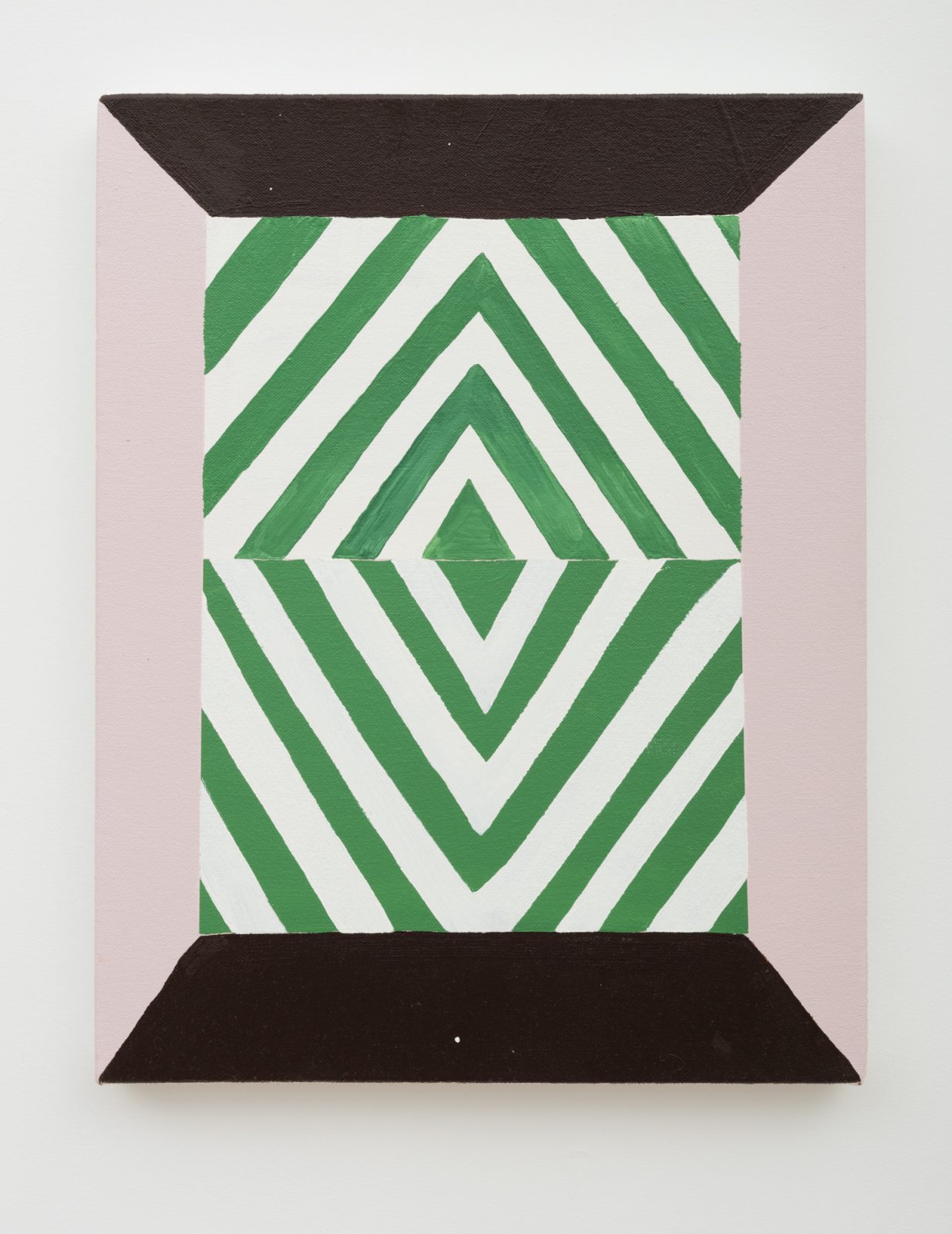
Oil and acrylic on canvas
405 x 310 mm
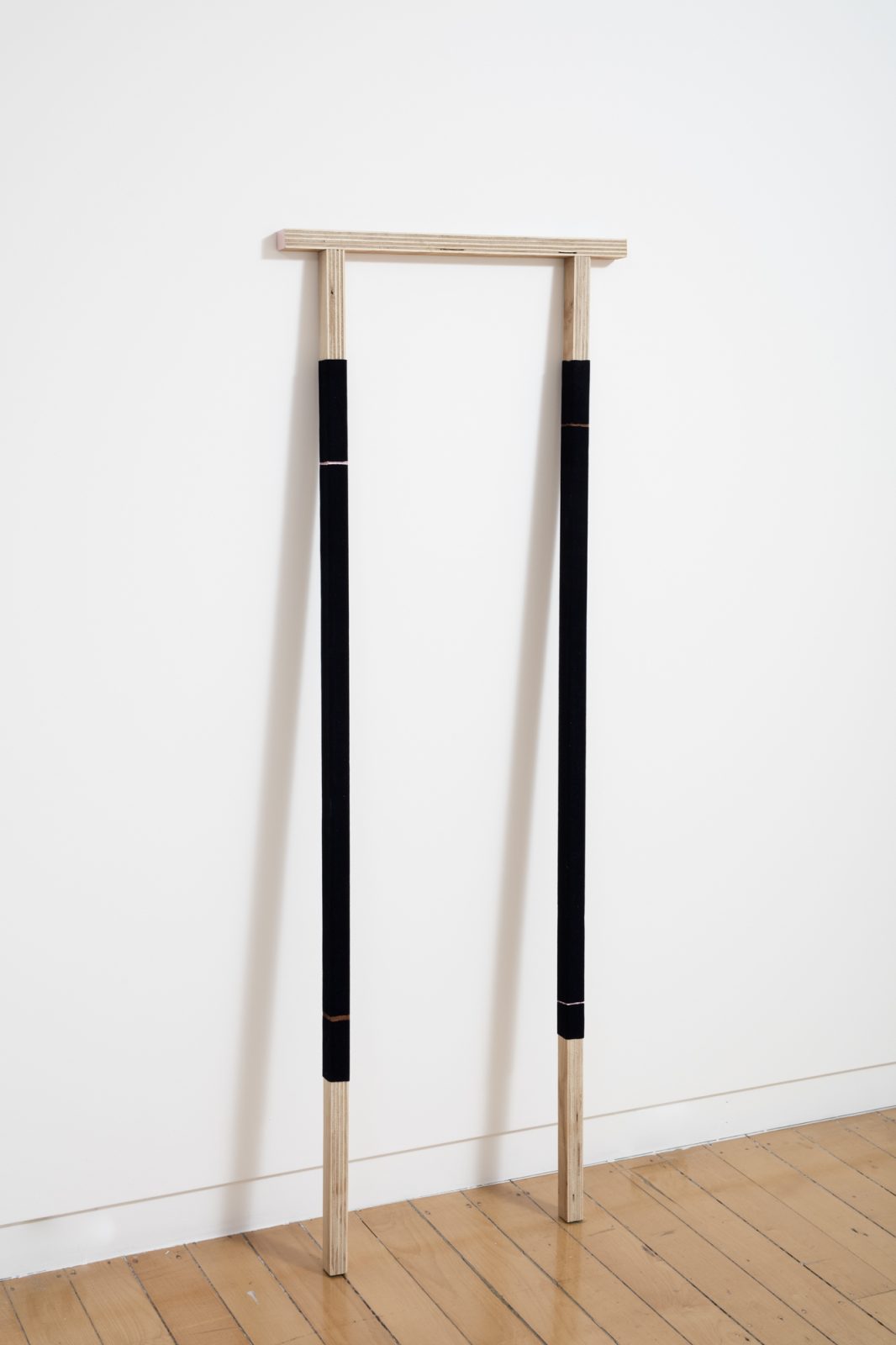
Drawing Study for Painting VIII, 2016
velvet and paint on ply
1380 x 500 mm
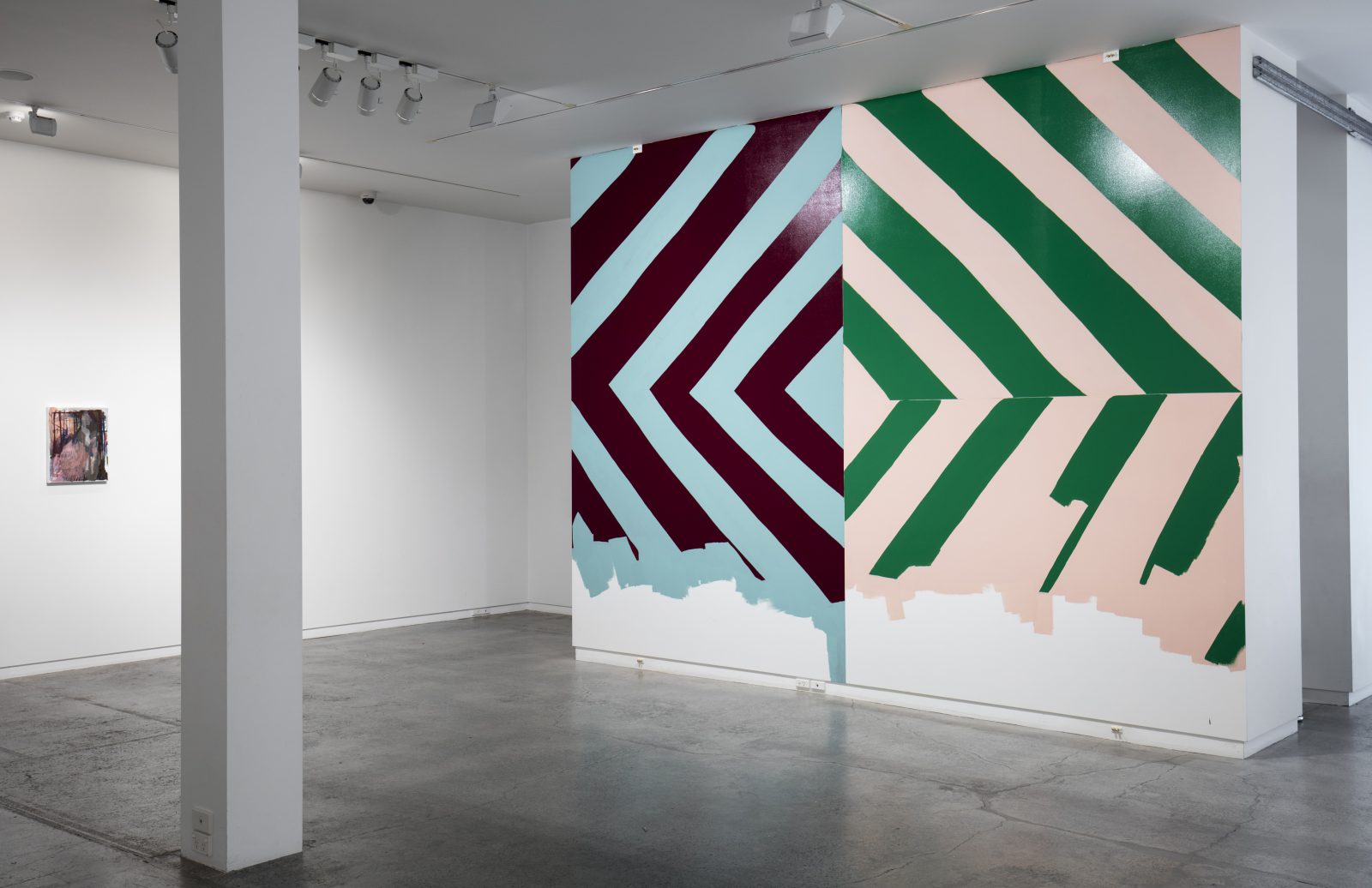
Wall painting, 2016
acrylic
3370 x 4470 mm
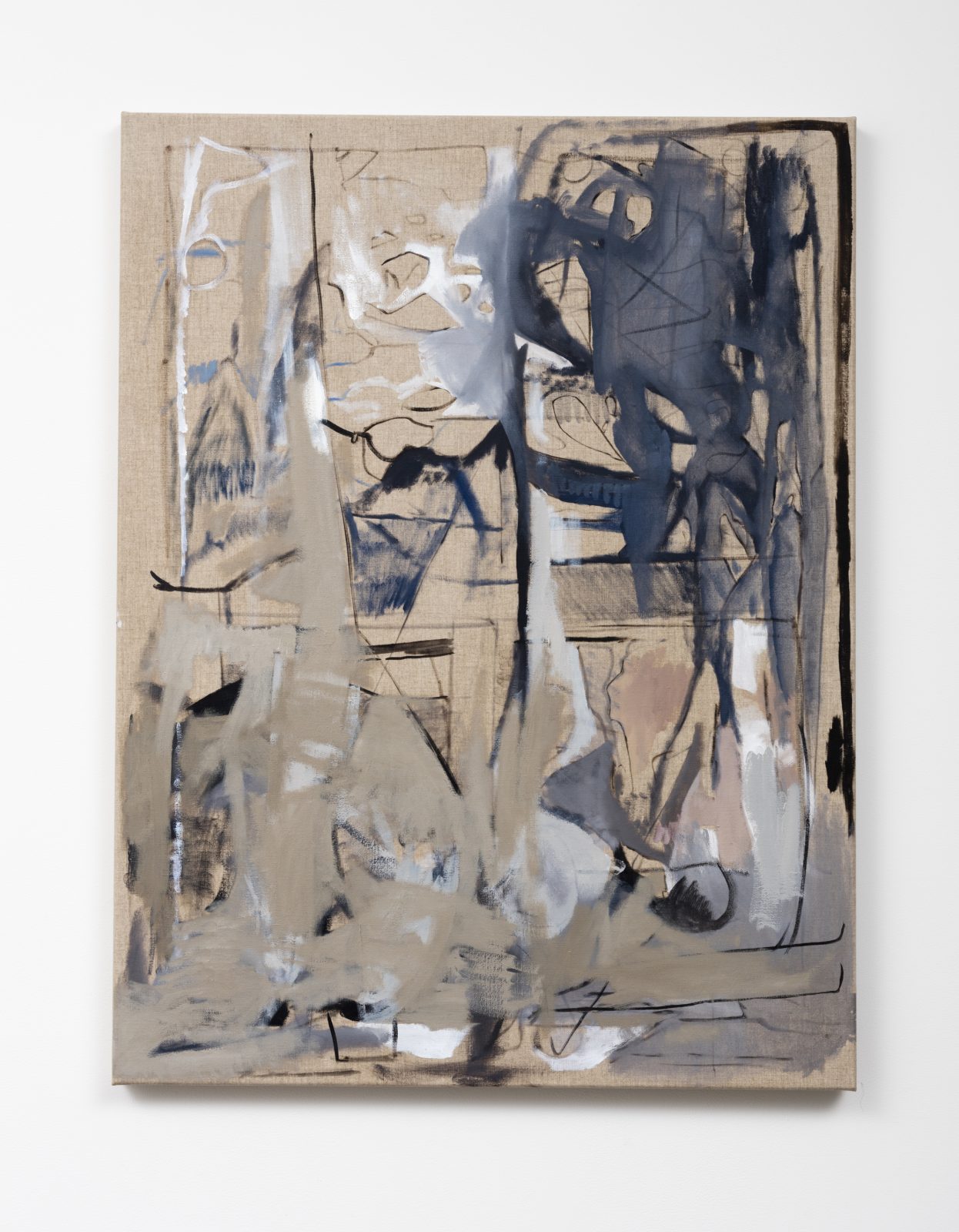
So Much Depends Upon I, 2015
oil on linen
1050 x 800 mm
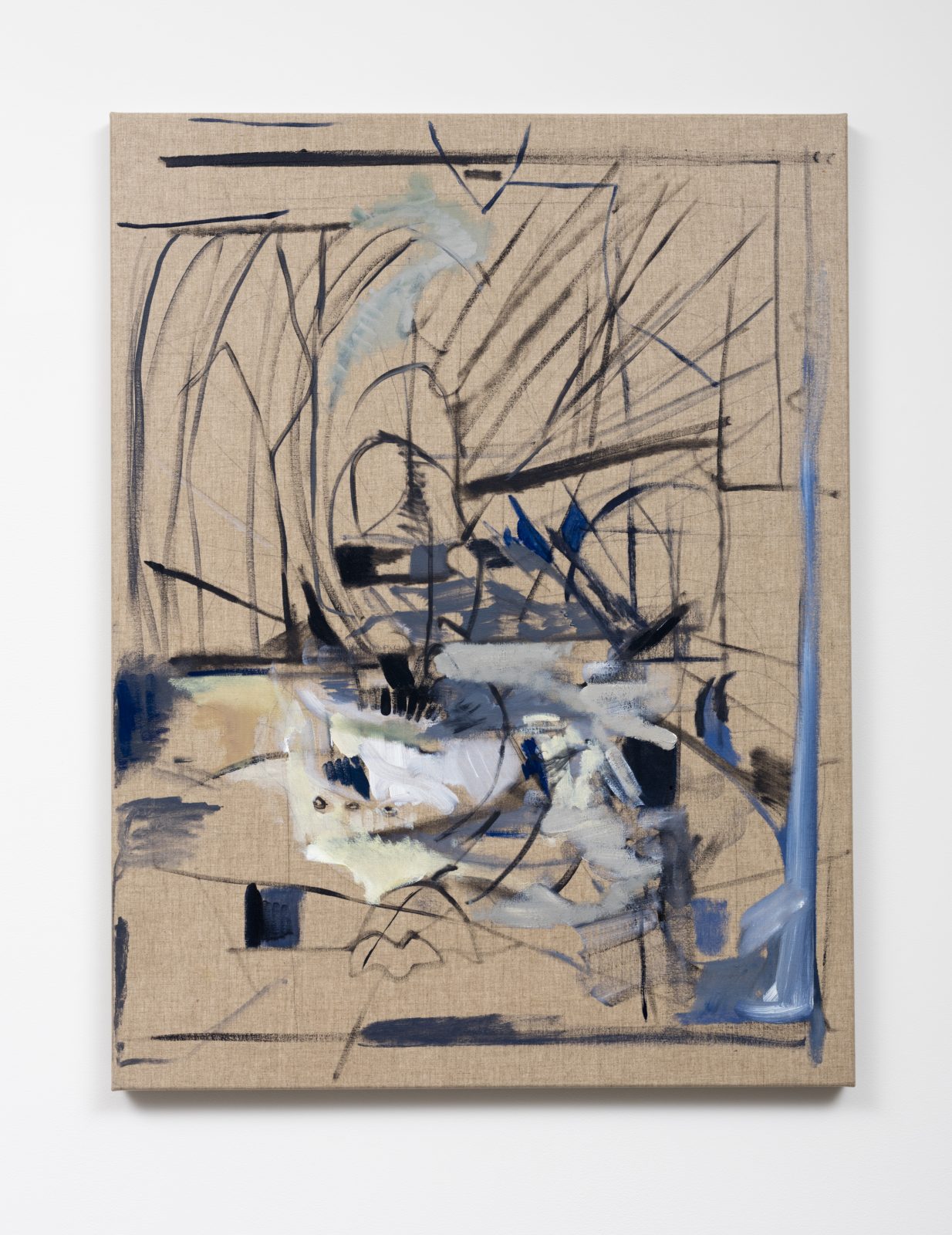
So Much Depends Upon II, 2015
oil on linen
1050 x 800 mm
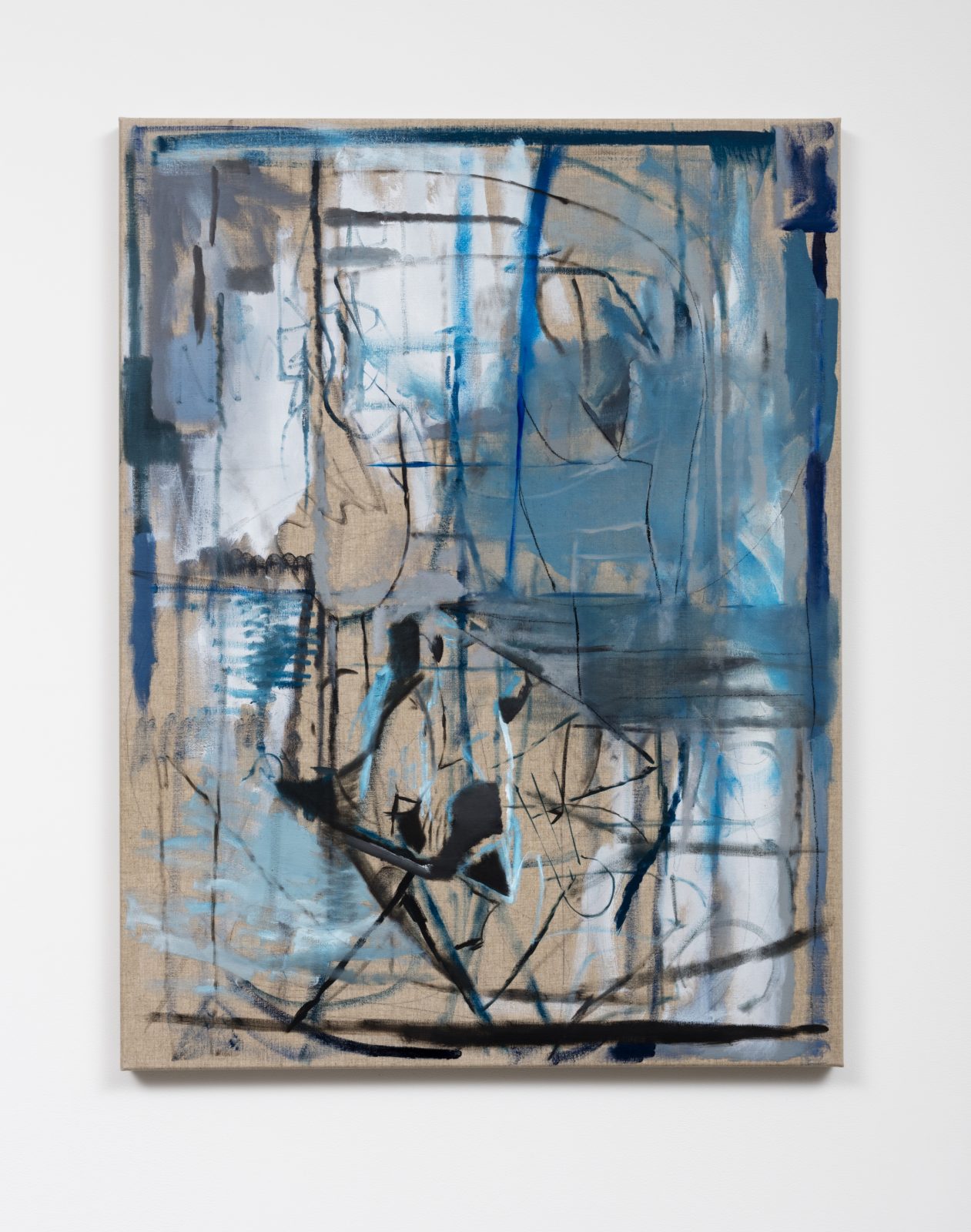
So Much Depends Upon III, 2015
oil on linen
1050 x 800 mm
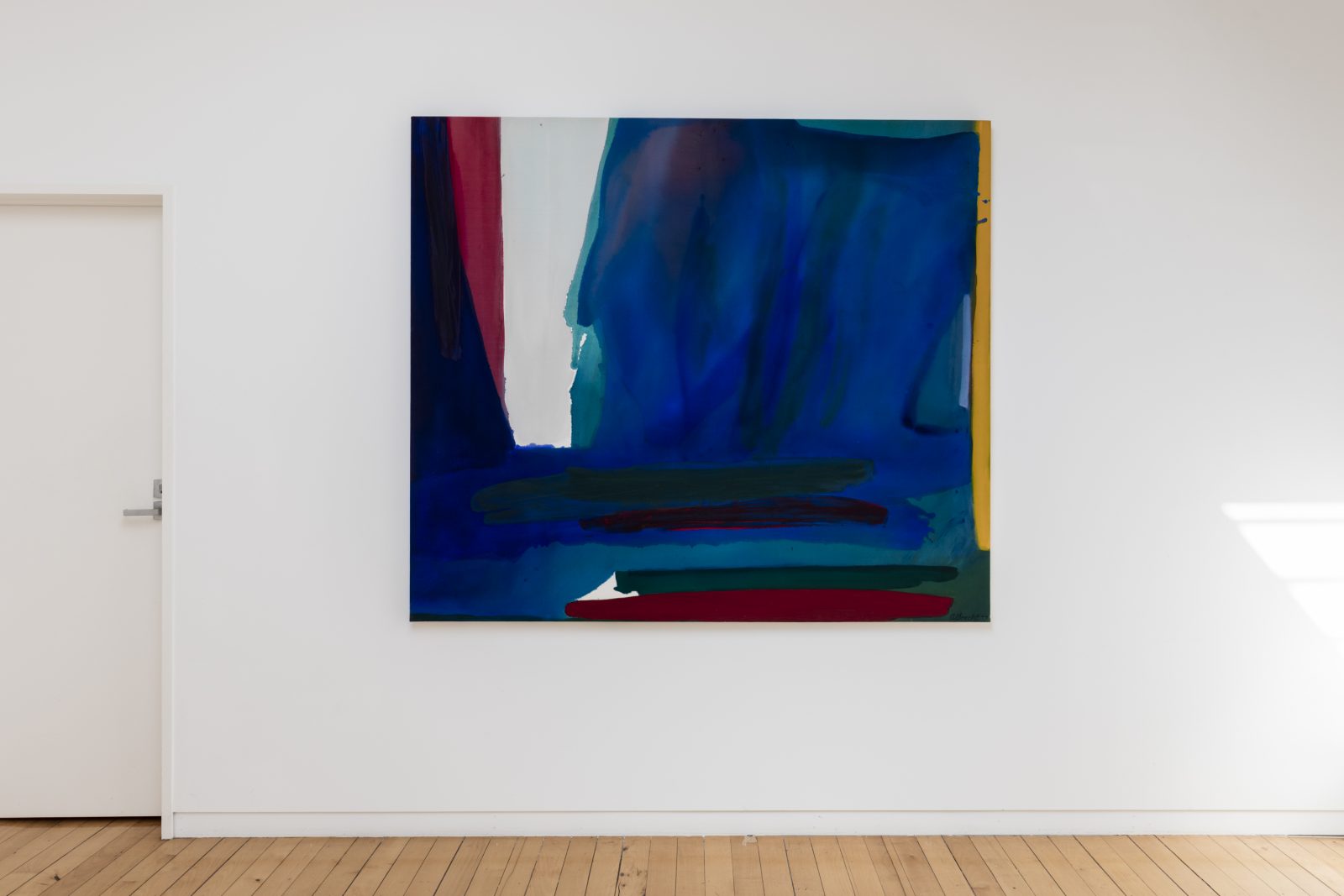
Pacific Drift, 1977
acrylic on canvas
1550 x 1800 mm
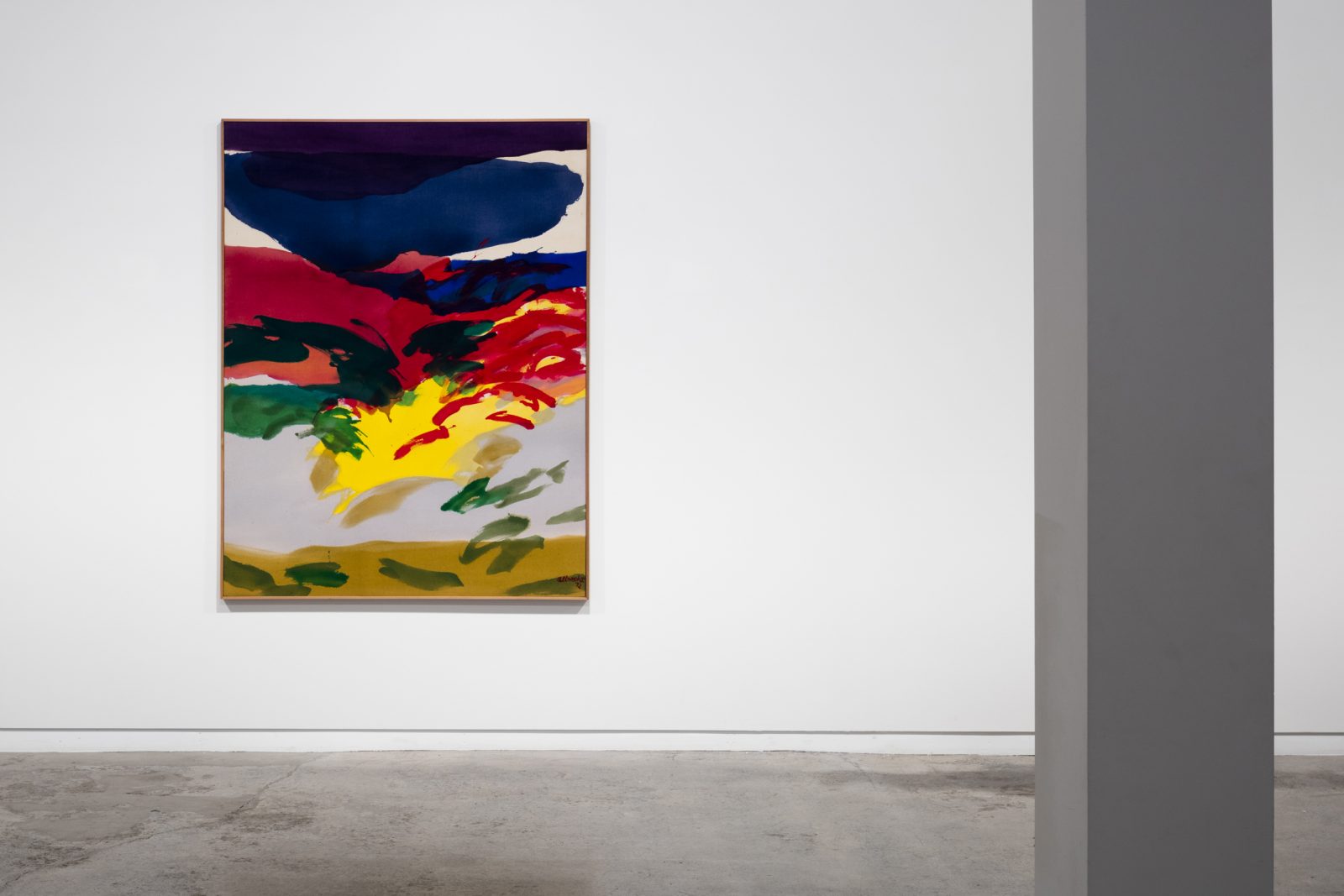
June Landscape, 1972
acrylic on canvas
1830 x 1370 mm